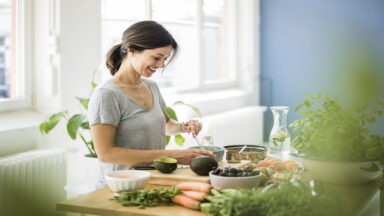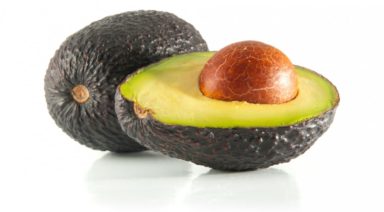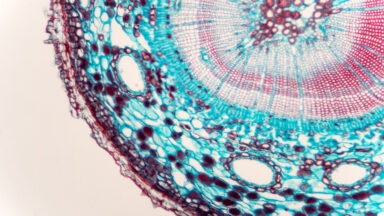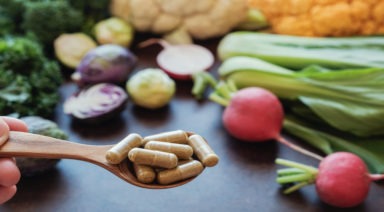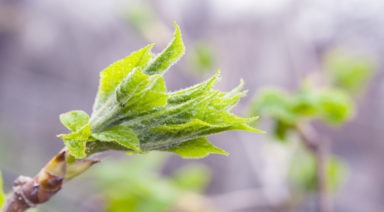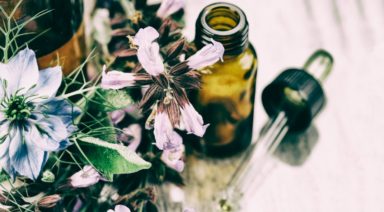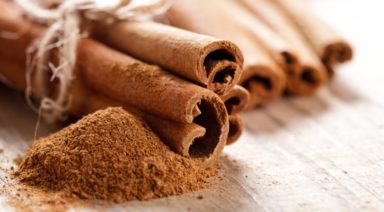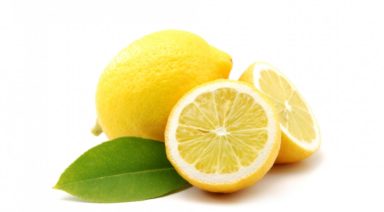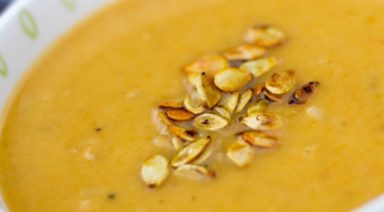The Healing Benefits of Pomegranate
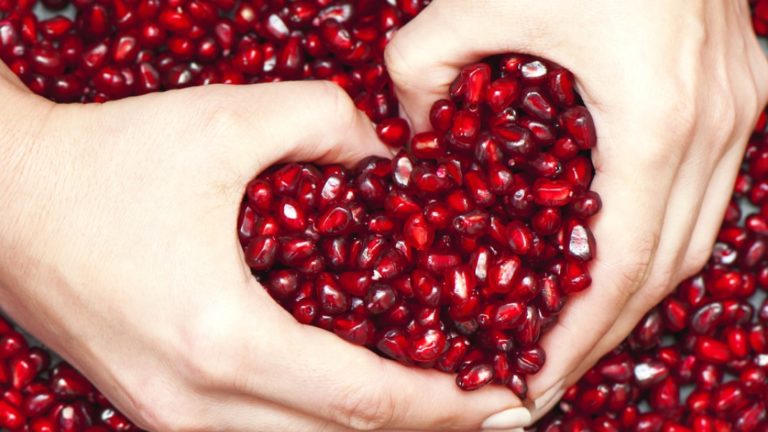
Often referred to is as “ the divine fruit,” the Pomegranate is classified as a berry, and is the size of a grapefruit with a semi-hexagonal shape, and thick and hard ruby-reddish skin. Each seed has a surrounding water-laden pulp, ranging in color from pink to deep red or purple. The seeds are embedded in several white, spongy membranes, which are compactly encased.
Believed to have been harvested in the Garden of Eden, the Pomegranate is part of many ancient folk traditions – all of which consider it a form of medicine. In ayurveda, it is a symbol of both fertility and prosperity. It is considered a fruit-medicine. The pomegranate’s flowers, leaves, bark, peel and of course seeds are all edible.
Botanical Name:
Punica granatum
Native to
Iran and India
Healing benefits
-
Full of antioxidants, vitamin C and potassium
-
Controls body weight
-
Reduces cholesterol
-
Fights against cell damage
-
Inhibits viral infections
-
Pomegranate extracts have anti-bacterial effects which combat dental plaque
Aids with conditions such as
-
Heart disease
-
Cancer, especially prostrate and breast
-
Symptoms of diarrhea
For thousands of years, the pomegranate has been extensively used as a source of food-medicine in ayurveda. The rind and bark are used as a traditional remedy against diarrhea, dysentery and intestinal parasites.
Pomegranate juice also helps to reduce body heat and is useful for people suffering from low blood pressure. In addition, its seeds and juice are considered a tonic for the heart and throat, and help to burn toxins.
The flower juice, rind and tree bark also aid with the following: stopping nose and gum bleeds, toning skin, firming-up sagging breasts (after being blended with mustard oil), and treating hemorrhoids.
It is also fantastic for oral health (immediately controlling bad breath), slowing down the aging process, and (when used as eye drops) for slowing the development of cataracts.
Cautions
Eating pomegranates might interfere with certain medications in the same way that grapefruit juice does. Be sure to ask your doctor or pharmacist about drug interactions.
The pomegranate’s wine-red juice will stain your fingers, clothes and countertops. My best trick for getting the seeds out is submerging the fruit under water. This with soften the berry, making the seed removal much easier and cleaner.
Recipe: Vegetarian Fesenjān (A traditional Persian dish)
This recipe is best served over brown rice, quinoa, or roasted or raw vegetables.
Ingredients:
-
2 cups of walnuts (ayurvedic option: soaked over night)
-
2 large onions, finely chopped
-
1/4 tsp ground saffron, dissolved in 1 tabs hot water
-
1 tsp ground coriander
-
3/4 cup of pomegranate molasses (make your own by reducing the juice over low heat)
-
10 dried prunes (ayurvedic option: soaked in water overnight)
-
3 tbs olive oil
-
Salt and pepper to taste
Procedure
Finely grind the walnuts using a food processor or coffee grinder. Heat one tablespoon of oil in a heavy bottom pan and set over medium heat. Add onions and cook until the onion is soft and translucent.
Add saffron water and ground coriander, stir. Add grounded walnuts; stir back and forth to prevent sticking. Continue to cook until the walnuts begin to release their oil – should take about a minute or so.
Now add the pomegranate molasses and a cup or more of water (if the sauce seems to thicken, add more water). Add salt and pepper to taste. Bring to a simmer. Add the prunes, and then give it another stir or two.
Lower the heat; simmer for about 45 minutes to an hour. Taste and adjust seasoning as needed.
Bon Appetit!
Now is the Time for an Ayurvedic Spring Cleanse
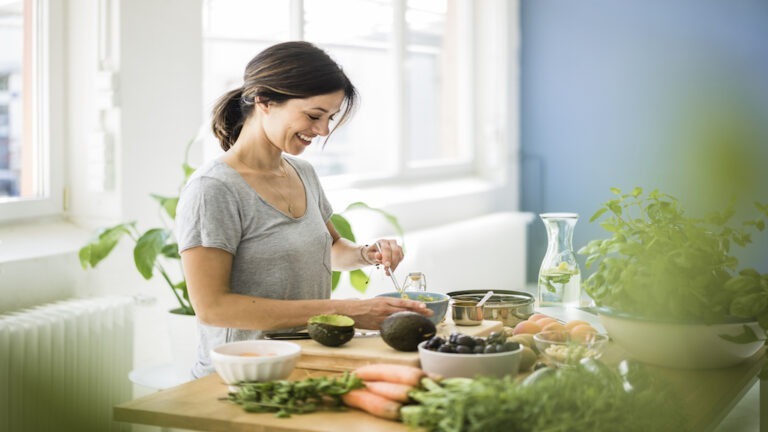
Spring has been shown to be the best time for a cleanse, which may just be the best action you can take for your health today. The ancient science of Ayurveda provides a safe, evidence-based, and comprehensive way to do it.
Cleansing, or detoxing the body, has been a key practice throughout the 5,000 years of Ayurveda’s history as a system of natural healing. Now, research explains the impressive results of the Ayurvedic cleanse.
Dr. John Douillard is a leading Ayurvedic practitioner who has been incorporating Ayurvedic detox programs in his practice for decades. He explains that poor digestion is at the core of the need for detoxification.
“I think most people don’t realize that our ability to digest well is directly linked to our ability to detoxify well,” Doulliard said. “In one survey, [it was] reported that 74 percent of the American population have a digestive imbalance of some kind, suggesting that not only are we not getting the nutrition that we need, but we’re also not getting the waste out as efficiently as we could — and there are waste, toxins, and pollutants everywhere. So, even if you eat really clean, which is obviously a really important thing, you’re still being exposed to toxicity, which means that you have to be able to digest well to detoxify that. That’s why Ayurveda is all about making sure with every change of the season, we do our best to reset — a deep rejuvenation to repair the digestion and detox organs and pathways. They’re actually creating a whole new population of bugs in your gut that are based on this year’s model, which gives you the stability and immunity for the entire year.”
Given these compelling reasons, what are the best indicators to notice if it’s time for you to do a cleanse?
“How is your digestion? Do you have a food intolerance? When you look at your tongue in the morning, if it’s white or coated, Ayurveda calls it ‘ama’ or undigested food. When you’re toxic, you’re tired, and not getting the energy from the lymph delivery of fat — your immune system is compromised and you can’t take the trash out, so it starts coming out through your skin. This gives you brain fog, headaches, rashes, indigestion; all these things begin to happen,” Douillard said.



